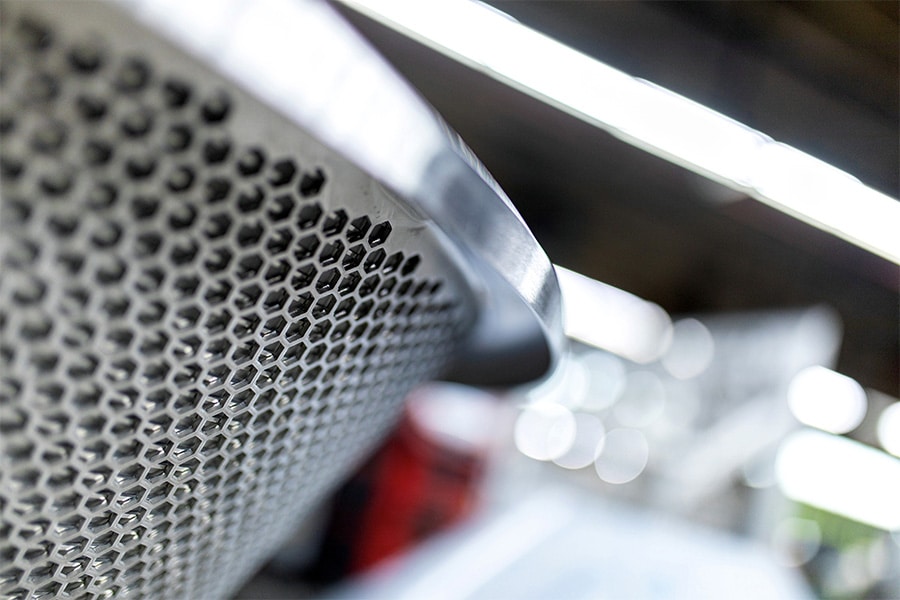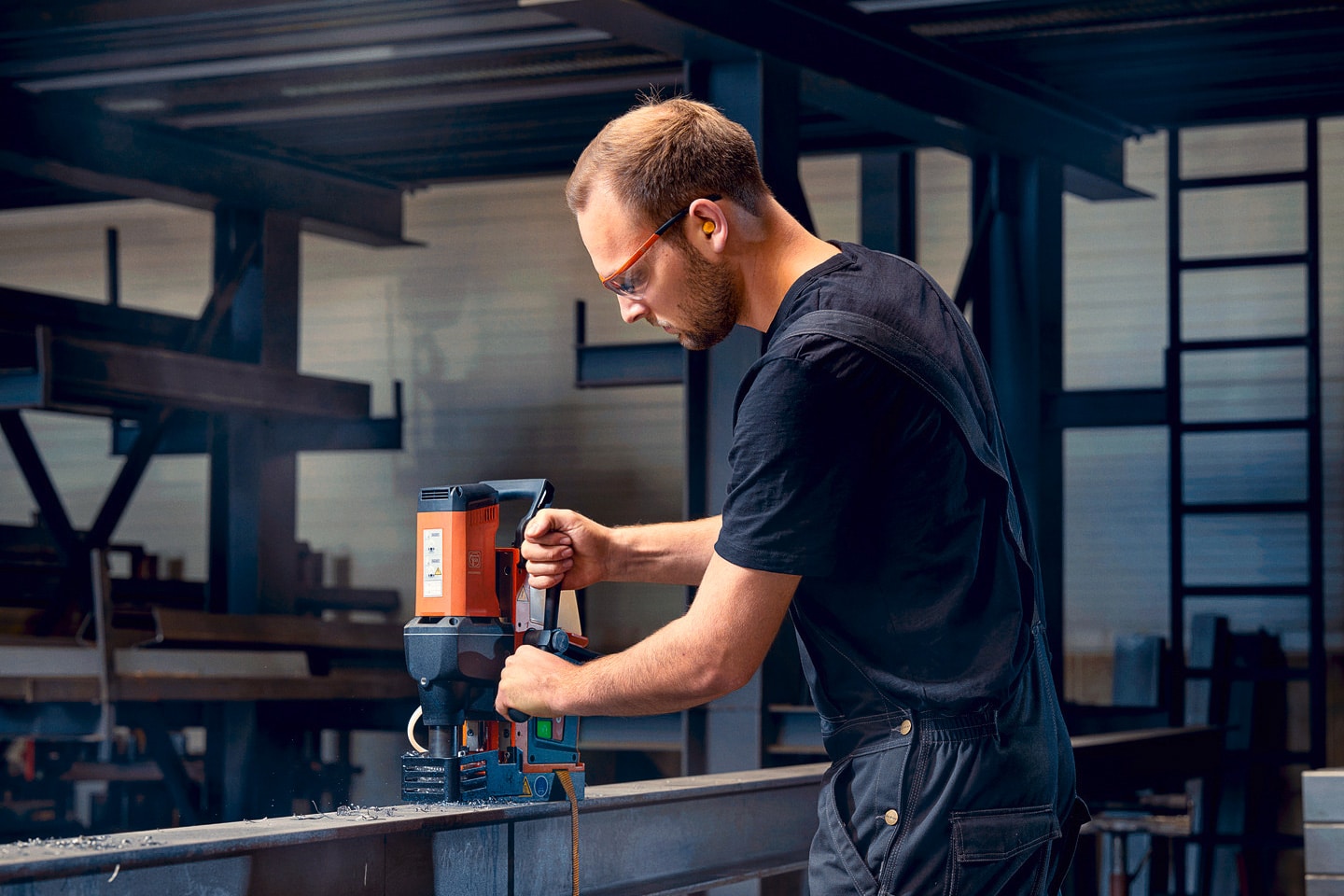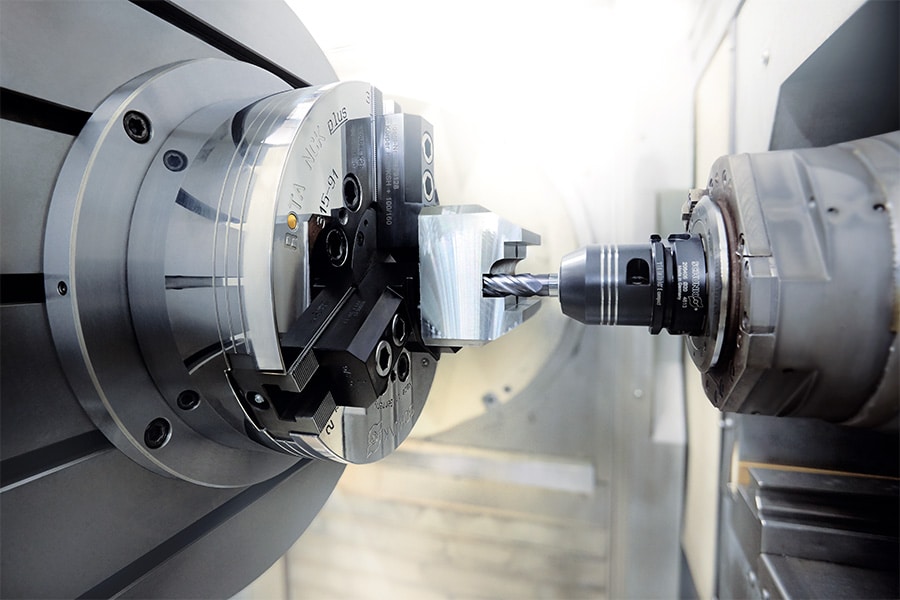
What systems exist for high-performance storage?
Every square meter on your shop floor is precious. But so is every second lost in needlessly searching for or moving sheets, profiles, materials, parts ... After all, you are not producing then. Efficient warehouse management is therefore an issue for every metal processing company. But which storage system best suits your needs will depend on your scale and way of working. This article aims to list the most common solutions.
Customers are becoming more and more demanding. They not only look at the delivered quality with a hawkish eye, they also want to see their order completed faster. A trend that has blown over from large web stores, where if they order before eleven o'clock in the evening, the desired gadget will be delivered the next day. It will not be that fast in the metal sector yet. But the faster you can deliver, the more satisfied your customer will be. If your machines have not yet been written off, you cannot possibly speed up the machining process. But where time can be gained is in optimizing the flow between all operations and eliminating the waiting times in between. In this regard, it may also be beneficial to take a close look at your warehouse and evaluate whether it still matches your production in the best possible way. After all, there are many different systems and solutions to suit everyone's needs.

Connected to one or more sheet metal working machines, tower warehouses apply the right material but also retrieve the skeleton or even the finished pieces.
Rack magazine
Traditionally the most widely used solutions for storing materials, components and finished products. Exactly what the rack looks like can vary depending on what needs to lay in it. Shelf racks for classic materials, long goods racks for profiles, pallet racks for larger or heavier pieces and plate racks for sheet material ... Just choose what can fit for you and it can also be a composition of all these and more. Important question to ask here, how should everything get in and out of the warehouse? If this is done with a conventional forklift, there will need to be plenty of maneuvering room. Millimeter work is always possible, but for materials that are needed frequently, this takes too much time. If this is done manually, you would do well to minimize the distances between your warehouse and your machines. Although there is no automation involved, order and cleanliness is crucial to making it efficient. Items should always end up in the right place, so no one has to waste time. Also, make sure that the main inventory is kept up to date so that you don't suddenly find yourself unable to finish an order.

If the loading and unloading of the racks is done with a conventional forklift, there will have to be sufficient maneuvering space so as not to lose unnecessary time.
For more flexibility: mobile shelving
Manufacturing evolves over time. So does your warehouse. If the investment to completely renovate and reconfigure with a tabula rasa proves too high, mobile racking is an excellent solution to provide some extra flexibility. They also come in different sizes and shapes and can be added wherever a need arises. There are already opportunities for automation here as well.
If the extra space they take up causes them to block a certain aisle or warehouse space, we can move them to another place at the push of a button. Safety sensors are then a must to ensure that every movement is done in complete safety.
Automatic systems: from tower warehouses to pallet cranes
For those who also want to be able to work an extra shift unmanned at night or on weekends, systems that can provide an automatic supply of materials are particularly interesting. For sheet metal workers, we immediately think of tower warehouses. Connected to one or more sheet metal working machines, they supply the right material but also retrieve the skeleton or even the finished pieces. Automatic solutions that minimize human intervention also exist for other materials. An operator can then take his finished pieces to a miniload warehouse, for example. Small pieces on a tray, large ones on a pallet. By then scanning a barcode or RFID tag on the tray or pallet, they are assigned a location and the WMS knows perfectly where they are when they are needed again later. They can then also be easily recalled automatically.

By scanning in a barcode or RFID tag on the tray or pallet, parts or pieces are assigned a location in the warehouse and the WMS knows perfectly where they are when they are needed again later.
Paternoster system
We left out one automatic system to cover separately: the paternoster system also known as vertical elevator systems. In this system, the order picker uses the touch screen to indicate what he needs from the warehouse. Then the requested tray is automatically retrieved from the warehouse with maximum accuracy. It is also immediately reported to, for example, the WMS system or the ERP package that this piece has gone out of stock. This system is also available in a version for long goods. The great advantage of paternosters? They take up less floor space because they are going to use the full vertical height of the warehouse. Depending on the weight your floor can support and what you can put in it, these can even go up to 30 m high and torque over 120 tons. They are particularly useful for those who want to be able to use many different materials or components interchangeably or also an ideal solution for those who have a wide range of tools and dies. After all, they provide a perfect insight and overview so that no more time is lost in searching.



